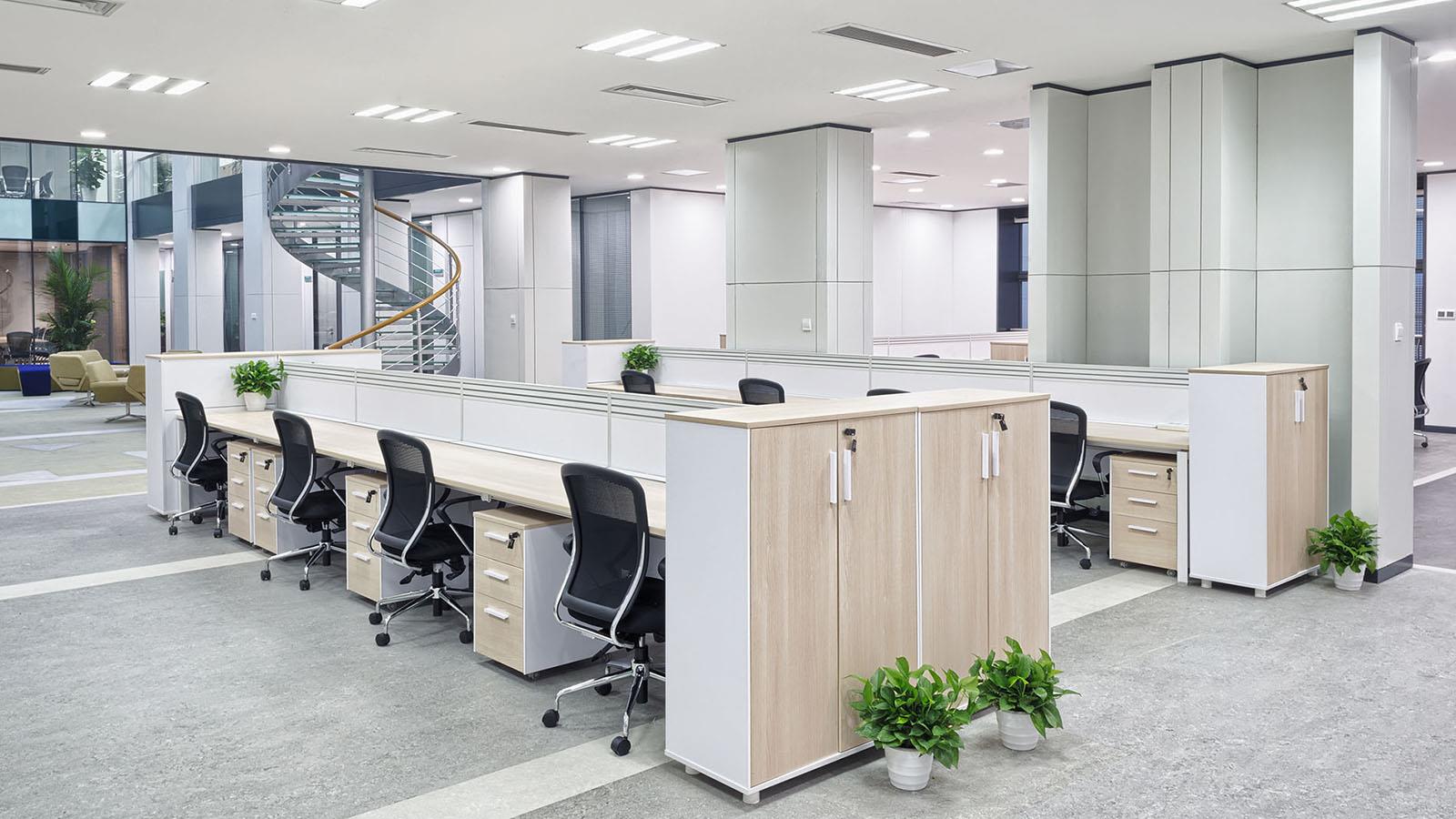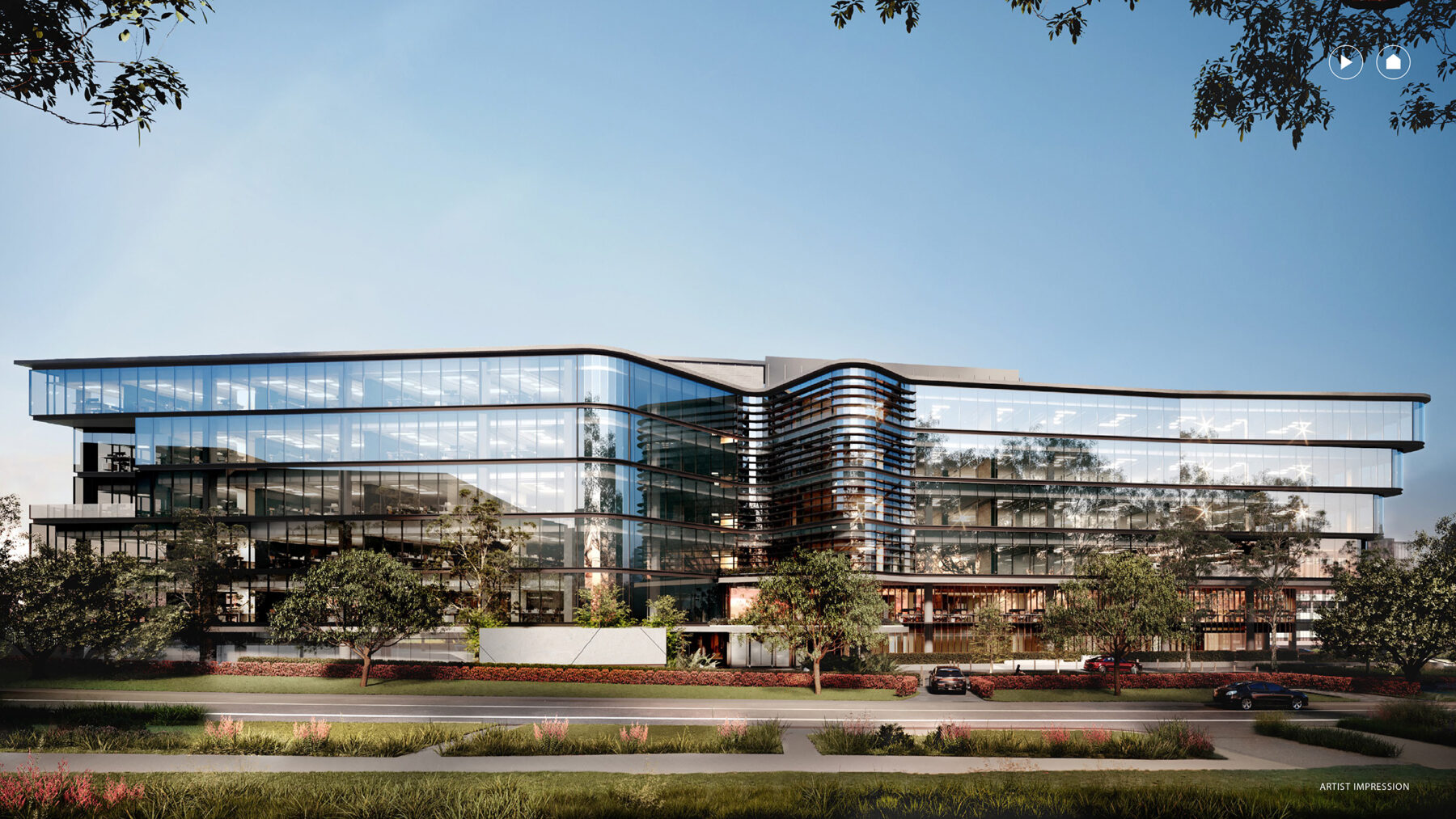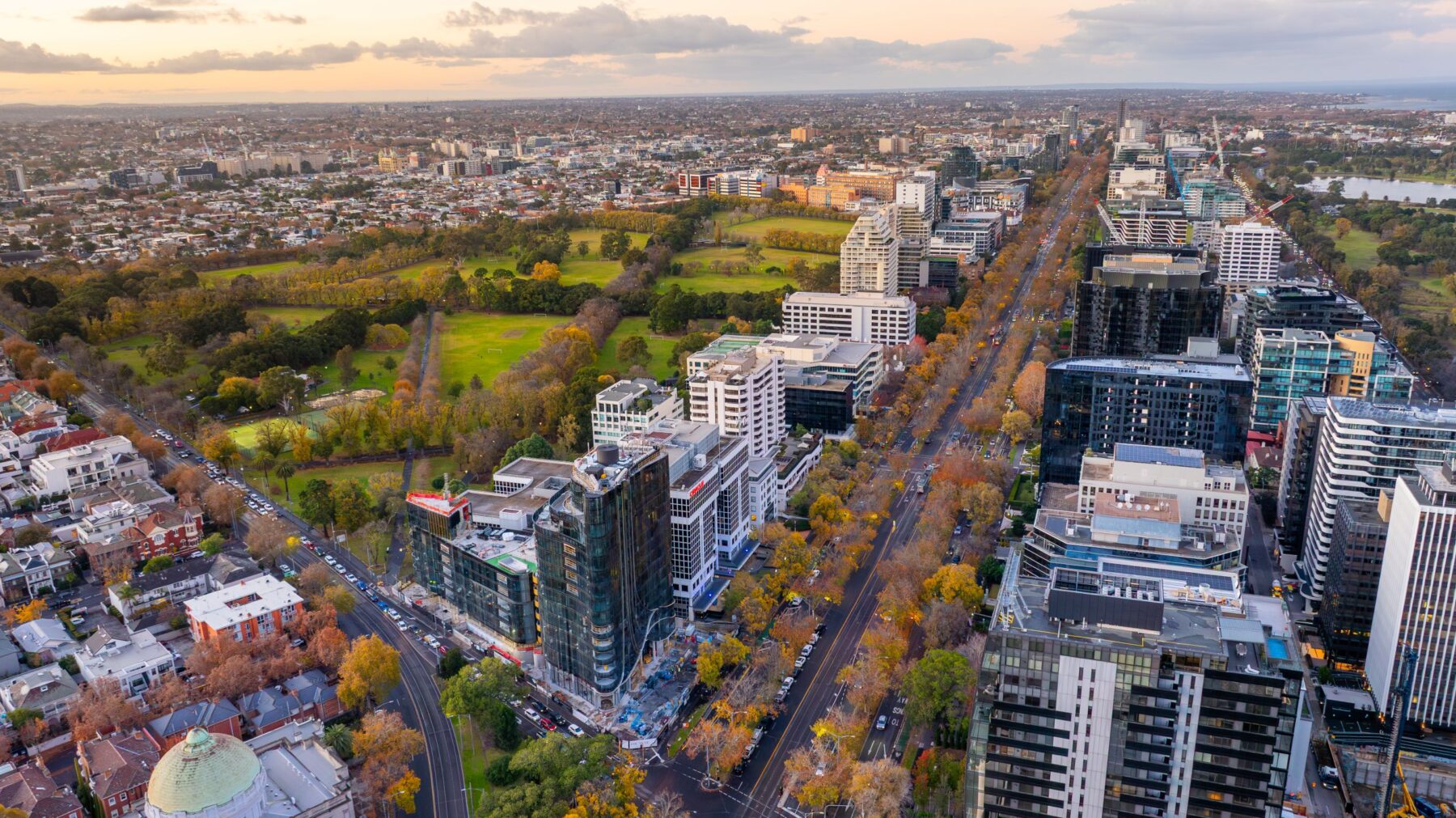Sydney overtakes Tokyo as the most expensive city for office fit-outs
16 February 2023
Australian organisations are paying more to fit out their offices this year, as inflation and supply chain disruption continue to have an impact, according to a report by real estate consultancy JLL.
For the first time in half a decade, Sydney has overtaken Tokyo as the most expensive market in Asia Pacific for office fit-outs, with the latter having held the top ranking for five consecutive years.
JLL’s Australia Fit-Out Cost Guide 2022/2023 compares the relative costs of fitting out ‘progressive’, ‘moderate’ and ‘traditional’ offices in major Australian cities.
The average fit-out cost in Australia is $2,662 per square metre, a 14.84 per cent increase year-on-year. Sydney is the most expensive city for a fit-out in the country, at $2,765. Canberra ($2,761) and Adelaide ($2,703) are close behind, followed by Melbourne ($2,676), Brisbane ($2,554) and Perth ($2,522).
Average prices ranged from $1,997 per square metre for a base specification open floor plan with no enclosed offices, to $4,624 per square metre for a high specification traditional office. Builders’ labour accounts for the highest proportion (43%) of fit-out costs, while mechanical and electrical work remain the second largest component of costs (26%).
And when it’s time to move out? Making good – removing the tenant’s custom fittings, repainting and doing minor repairs – will cost an average $456 per square metre.
Scott McCrossin, JLL’s Managing Director, Project and Development Services said, “Across the country, strong client sentiment has driven an increase in project volume over the last 12 months which, in conjunction with regional and global headwinds, have led to significant inflationary pressure on construction and office fit-out costs.
“Measures to rein in costs have been slowed by global headwinds such as ongoing geopolitical tensions exacerbating the cost of energy and constraining supply chains already under pressure. Damage from weather events – such as flooding in many regions of Australia in 2022 – have further stressed construction costs,” said Mr McCrossin.
The availability of skilled and semi-skilled labour has had a mixed impact across Asia Pacific. Australia,
which is already facing a tight labour market, is feeling the pressure as project volumes soar beyond pre-pandemic levels.
Mr McCrossin said, “Since early 2020, the pandemic has impacted clients buying design and construction services in the Australian construction market, impacting fit-out costs through labour and supply chain factors both globally and locally. As Australia adjusts to a post-pandemic environment, shortages of skilled resources, material price increases and supply chain disruption continue to contribute to significant price inflation across the country.”
JLL Research anticipates that despite the price increases, companies will continue to invest in better quality, sustainable and employee-focused workplaces.
Mr McCrossin said, “COVID-19 supercharged changes already underway: we have seen a rapid shift in workplace behaviours and how our clients envision their offices. We have seen sustained investment in technology to support the accelerated adoption of dynamic and flexible working. These developments reflect a reimagination of the role of the office as our clients invest in initiatives to drive collaboration, attract and retain talent, and enhance physical and mental health and wellbeing. Investment in high-quality space also serves to bolster environmental sustainability goals.”
The Australia Fit-Out Cost Guide 2022/2023 surveyed corporate real estate leaders across Asia Pacific to gather the most up-to-date information. Some 97 per cent of leaders across the region expect fit-out costs to increase in 2023.
Mr McCrossin said, “Pricing volatility in Australia reflects the interdependencies of a global marketplace. Consequently, fit-out costs over the past year have remained high across Australia. We expect these factors to continue to drive current levels of construction price inflation over the next 12 months, before starting to moderate towards the end of 2023.”



